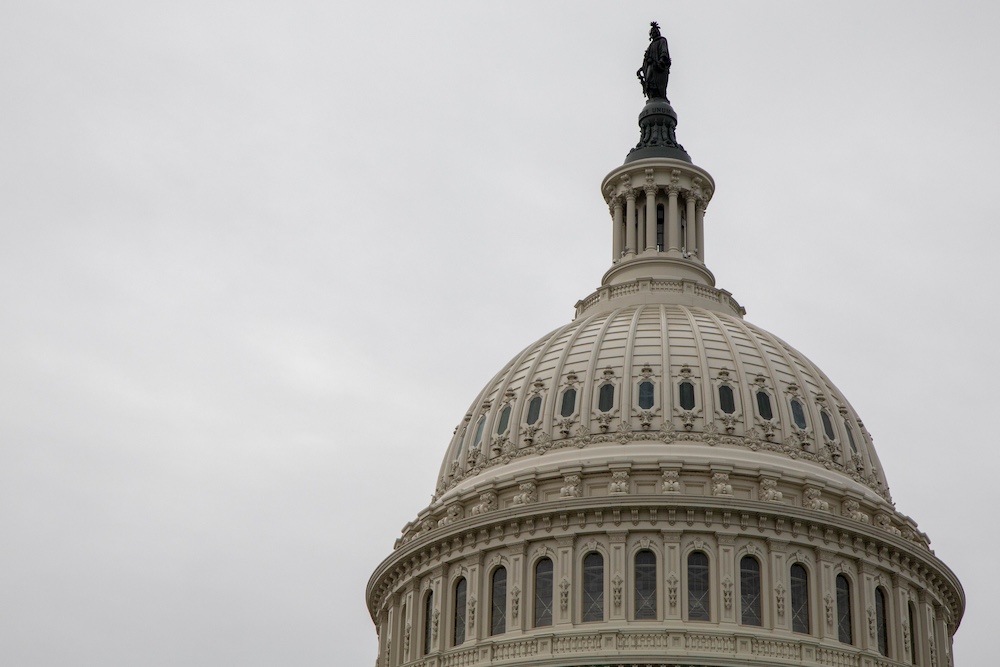As one of the two major political parties in the United States, the Democratic Party has played a pivotal role in shaping the nation’s history and policies. From its humble beginnings to becoming a major political force, the Democratic Party’s evolution is a fascinating journey through the annals of American politics.
Early Foundations:
The roots of the Democratic Party trace back to the early days of the United States. Thomas Jefferson, the third President of the United States, is often regarded as the ideological founder of the party. In the late 18th century, Jefferson and his supporters, known as the Democratic-Republicans, championed a vision of limited federal government, agrarian interests, and states’ rights.
The Era of Jacksonian Democracy:
The Democratic Party as we recognize it today began to take shape during the presidency of Andrew Jackson in the 1820s and 1830s. This period, known as the era of Jacksonian Democracy, saw the rise of a more populist and inclusive political movement. Jacksonian Democrats supported expanded suffrage for white males, manifest destiny, and a strong executive branch.
Civil War and Reconstruction:
The Democratic Party underwent significant challenges during the Civil War and the subsequent period of Reconstruction. Divisions within the party were evident, with some Democrats supporting the Union cause and others resisting federal authority. In the aftermath of the war, Democrats in the South opposed Reconstruction policies aimed at ensuring civil rights for newly freed slaves.
The Progressive Era:
As the United States entered the 20th century, the Democratic Party evolved with the emergence of progressivism. Leaders like Woodrow Wilson, a Democratic president, embraced progressive ideals such as antitrust legislation, labor reforms, and women’s suffrage. This era marked a shift toward a more active federal government in addressing social and economic issues.
New Deal and the FDR Era:
One of the most transformative periods in Democratic Party history occurred during Franklin D. Roosevelt’s presidency in the 1930s and 1940s. Faced with the challenges of the Great Depression, FDR implemented the New Deal, a series of programs and policies aimed at alleviating economic hardships. Social Security, labor reforms, and infrastructure projects became hallmarks of Democratic governance.
Civil Rights Movement:
The Democratic Party played a crucial role in the Civil Rights Movement of the 1950s and 1960s. Led by figures like President Lyndon B. Johnson, Democrats advocated for and passed landmark civil rights legislation, including the Civil Rights Act of 1964 and the Voting Rights Act of 1965. These efforts marked a significant departure from the party’s earlier positions on racial issues.
Contemporary Landscape:
In recent decades, the Democratic Party has continued to evolve, adapting to changing social and political landscapes. The party has championed issues such as healthcare reform, environmental conservation, LGBTQ+ rights, and social justice. Diverse coalitions within the party reflect a commitment to inclusivity and representation.
Conclusion:
The history of the Democratic Party is a rich tapestry woven with the threads of social change, economic reform, and struggles for justice. From its origins rooted in agrarian ideals to its present-day role as a champion of progressive causes, the Democratic Party remains a dynamic force in American politics, continually shaping and being shaped by the nation it serves.

